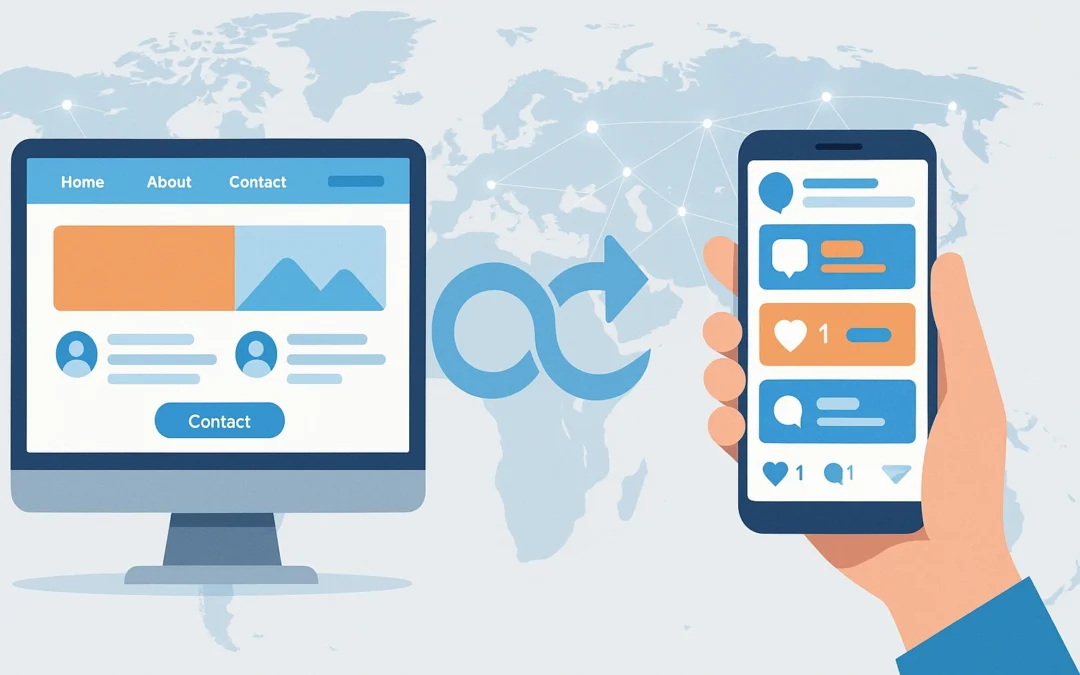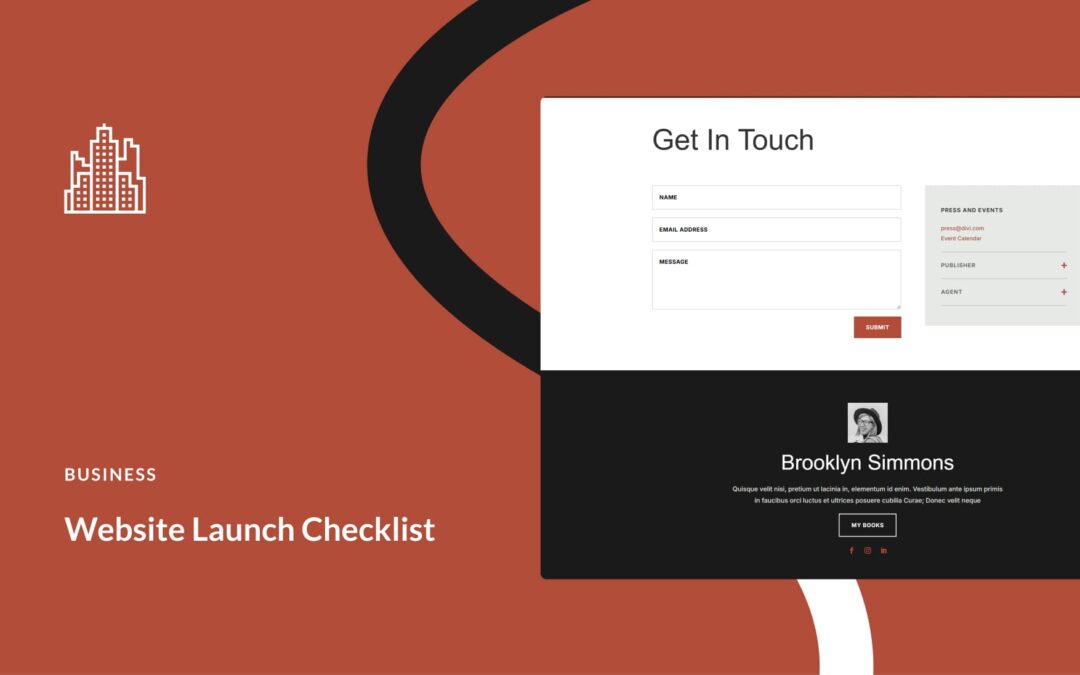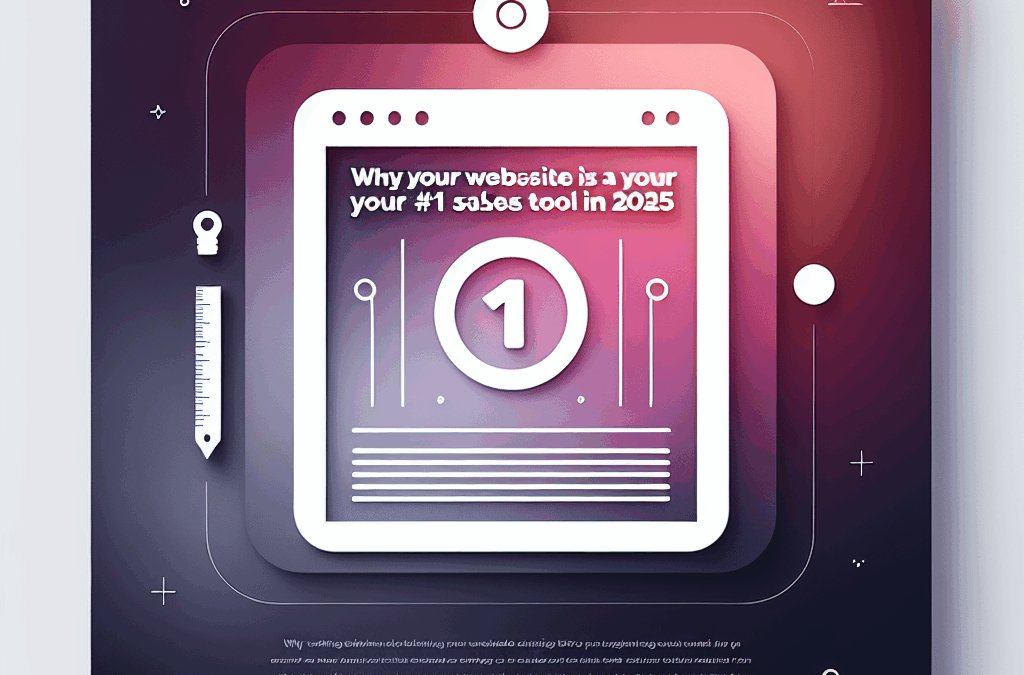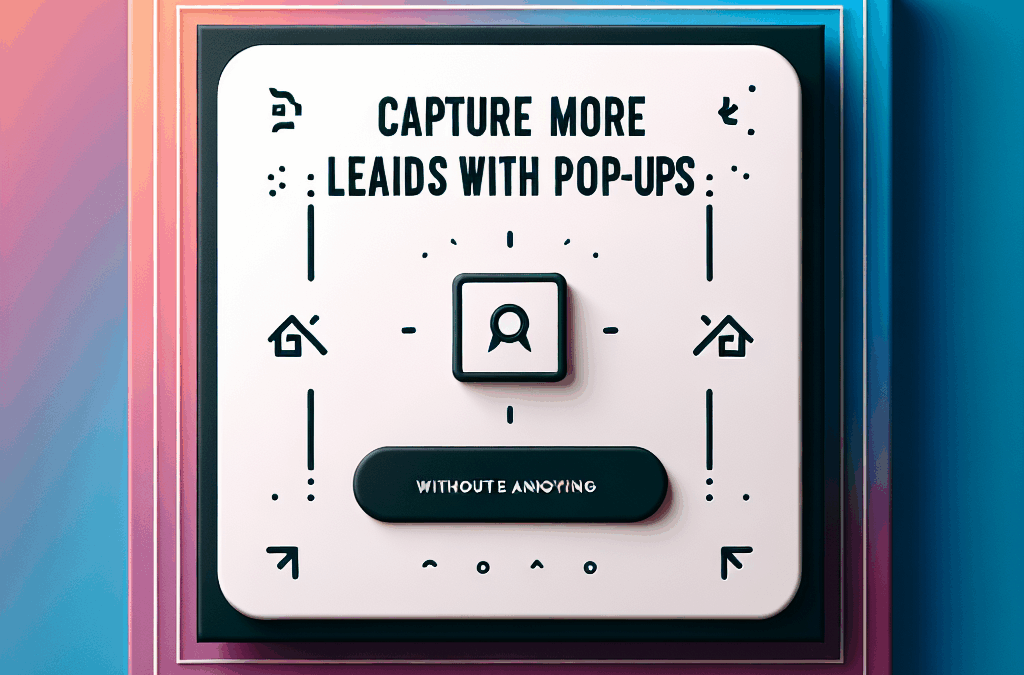Mastering ZOPA Negotiation: Your Guide to Making Win-Win Deals
Ever walked out of a car dealership feeling like you might’ve overpaid? Or maybe you’ve questioned if you really got the best features for your hard-earned dinero? It’s a mix of excitement and stress, right? Negotiating can be as thrilling as it is nerve-wracking, whether you’re working a deal for your business or yourself.
But let’s take a moment to chat about something that can ease that pressure: ZOPA, or the Zone of Possible Agreement. It’s a nifty negotiation technique that can help you find common ground and make both sides feel like winners.
In this guide, we’ll dive into what ZOPA is all about, how to identify it during your negotiations, and share some handy tips that can help you land solid agreements.
Understanding ZOPA: What Is It?
Now, before we get too deep, let’s clarify what ZOPA really means. No, it’s not just the name of a New York rock band! The ZOPA represents the sweet spot where both negotiating parties can come to an agreement that leaves them satisfied. Think of it as that overlap between the lowest price you’re willing to accept and the highest price the other party is working with.
Let’s say you’re shopping for a mountain bike. You want to spend around $2,000, while the seller is aiming for at least $1,800. In this scenario, your ZOPA is the space between $1,600 and $2,000, leaving you with $400 to maneuver. But here’s the catch: you might not know the full extent of this zone going in — often, parties keep their minimum offers close to the chest. Would you reveal you could go as high as $2,000 if you had a shot at securing the bike for $1,600? I think not!
Navigating this mystery is what makes ZOPA negotiation both challenging and rewarding. If the parties can strike a deal, it’ll often look like both have walked away with something valuable. However, if they can’t agree, it’s likely because they’ve ventured into what’s known as a negative bargaining zone, where there’s no overlap at all.
What’s a Negative Bargaining Zone?
So let’s break it down: if you and the seller can’t find common ground—maybe you’re fixed at $2,000 while the seller won’t budge below $2,200—you’re stuck in a negative bargaining zone. Aquí no hay ganadores. Both sides will need to reconsider their positions if they want to avoid walking away empty-handed.
Enter the Positive Bargaining Zone
On the flip side, when both parties have some overlapping terms, that’s your magic moment — the positive bargaining zone! For example, say you’re selling software for $1,000, but your bottom line is $800, and the buyer can stretch to $900. That’s a win-win, and it’s where the best deals are made.
In the world of business, negotiations can be fluid. Your needs and priorities may shift as conversations unfold. That’s why understanding what you and the other side truly want is vital.
Here’s how to uncover the ZOPA and steer negotiations toward a happy outcome:
1. Know Your BATNA
Your BATNA, or Best Alternative to a Negotiated Agreement, serves as your walkaway point. Identify this first — it could be the price you’re willing to accept or a deadline you can’t miss. With a clear BATNA, you have a solid foundation for negotiation.
2. Research, Research, Research
Before sitting down to negotiate, gather as much information as possible. Understanding what you want and what the other party expects will prepare you for a productive conversation. It also helps you set realistic boundaries and identify your ZOPA. Stay informed with sources like HubSpot, which states that businesses with updated websites see significant increases in leads.
3. Set Clear Boundaries
It’s tempting to adjust your expectations on the fly, but it can pay off to set boundaries early. If you know your absolute minimum acceptable offer, communicate it clearly. This ensures you’re not swayed by the other party’s terms.
4. Anticipate Expectations
Engage actively with the other side’s needs and desires. Whether you’re negotiating a sale or a service, anticipating their expectations is crucial. Think about strategies that lead to positive results, ensuring you can both meet your goals.
5. Cultivate Curiosity
Great negotiators know the value of asking the right questions. This can unveil the other party’s interests, often making it easier to find common ground. Get curious about their motivations — it could lead to a breakthrough!
6. Stay Flexible
Remember, negotiations are dynamic. Stay open to adjusting your offers or boundaries as you learn more about the other side. Sometimes, a small concession can lead to much larger gains down the line.
7. Prepare for the Unexpected
No negotiation goes exactly as planned. Be ready for surprises and keep your composure. Finding ways to turn unexpected changes into opportunities can help you reach a more favorable agreement.
8. Keep the Big Picture in Mind
As discussions evolve, ensure you don’t lose track of the overall objective. Flexibility can open doors that written contracts sometimes can’t. Remember that sometimes you might have to budge on one aspect to win big on another.
ZOPA in Action: Real-World Examples
Now that you’re armed with strategies, let’s look at some examples:
-
Yankees and YES Network: This high-stakes negotiation for broadcast rights demonstrates how understanding ZOPA can lead to mutually beneficial outcomes.
-
Chicago Teachers’ Strike: In 2012, both sides learned the hard way how delaying negotiations can create negative zones, but ultimately they found a path forward.
- Minnesota Orchestra Dispute: After a long standoff and a lockout, this negotiation highlights the importance of flexibility and open-mindedness to reach a solution.
Close the Deal with Confidence
So where do you go from here? If you want to improve how you negotiate, understanding and utilizing the ZOPA will make you a more effective deal-maker. Whether you’re a small business owner in McAllen or anywhere in South Texas, using these tips can help transform your negotiations from stressful to successful.
Ready to upgrade your strategy and make deals that actually work? Let’s chat and build something that will elevate your business!










